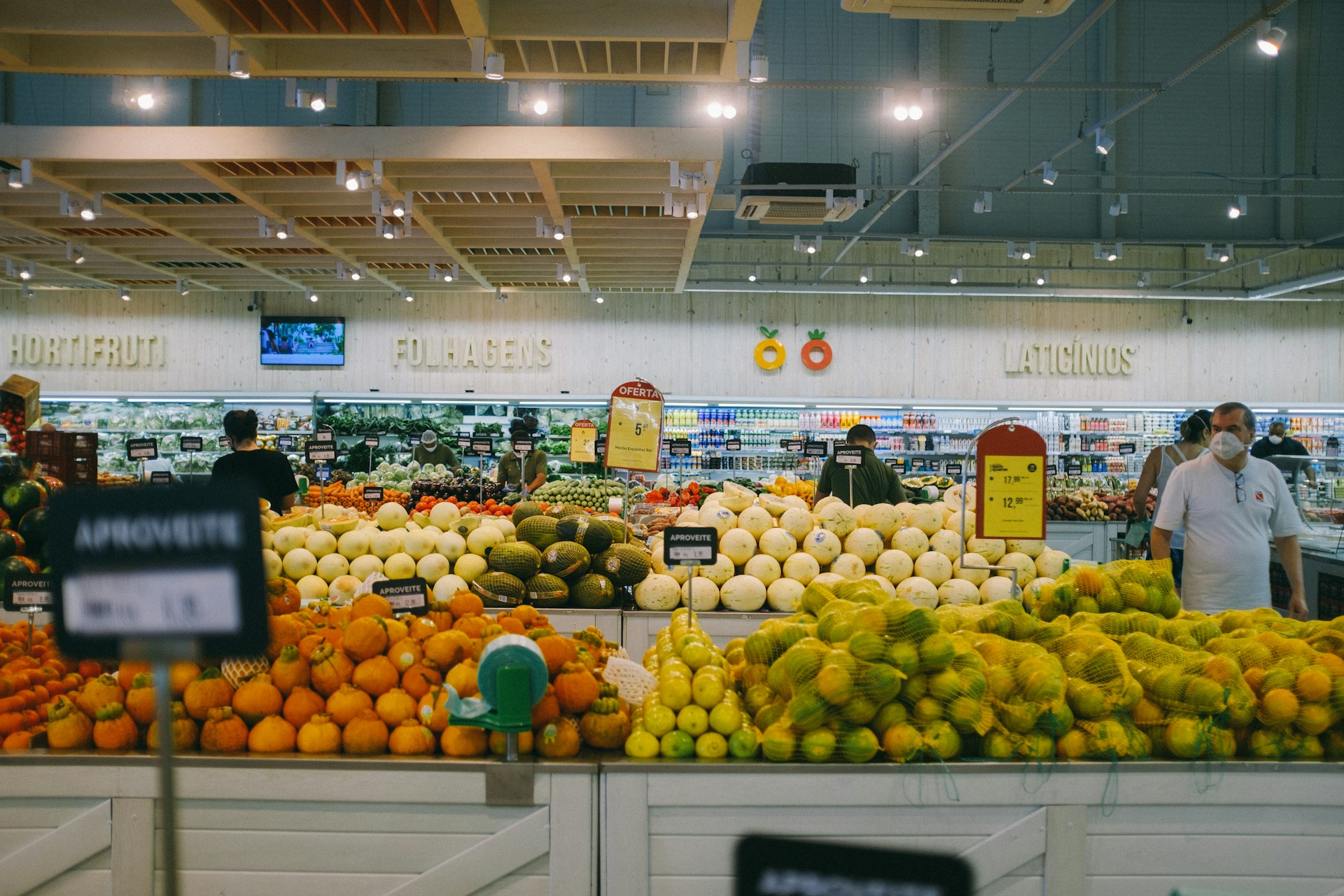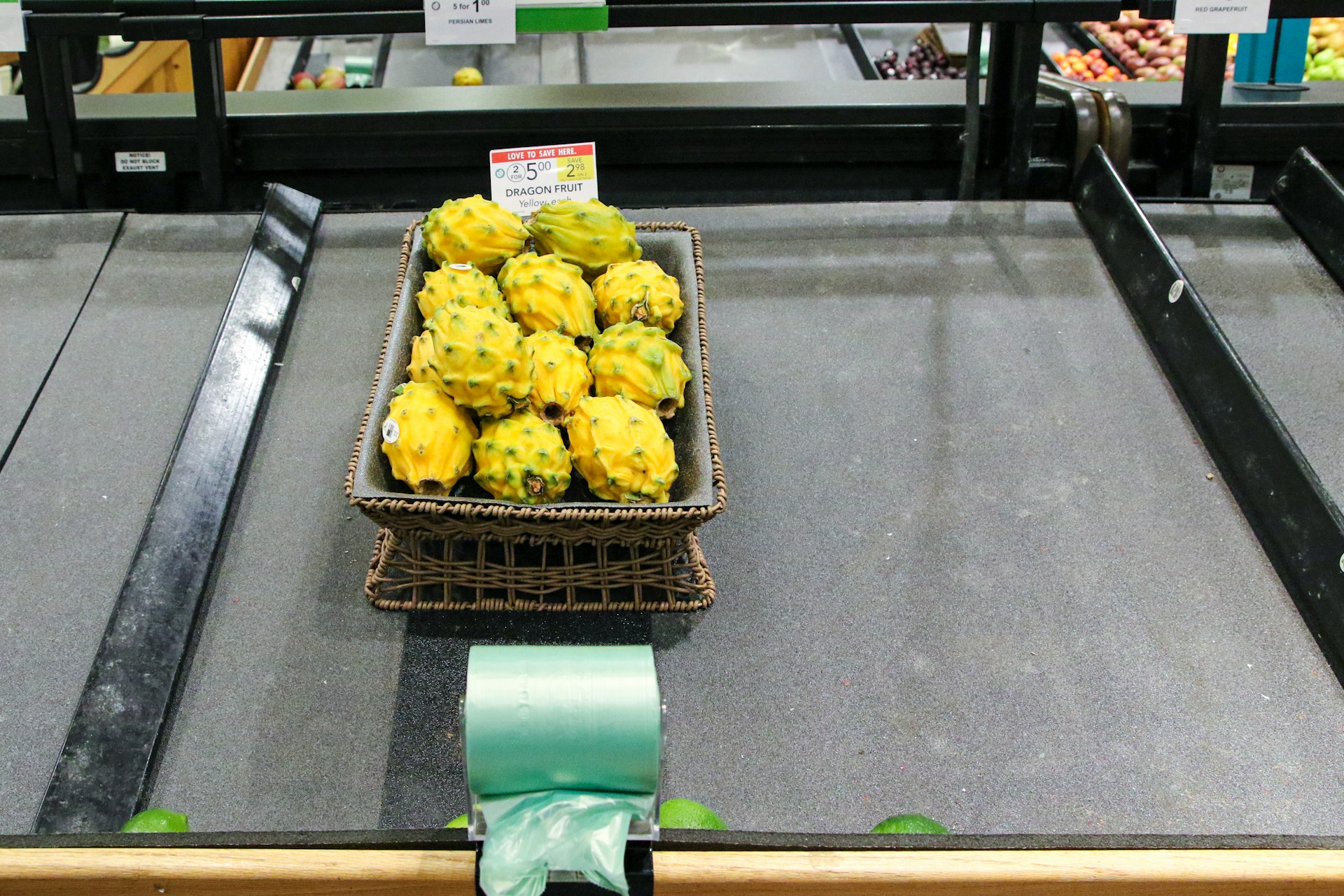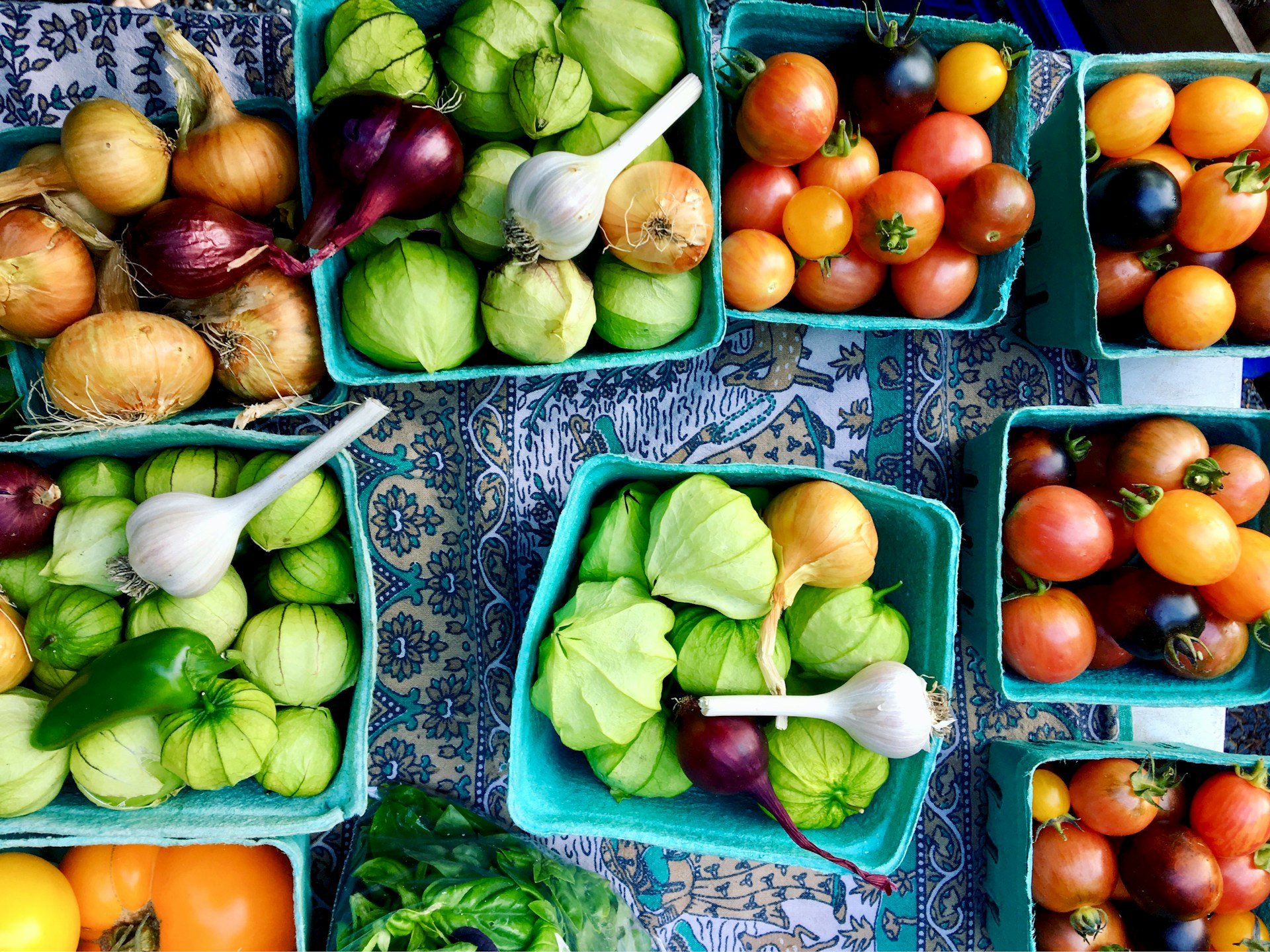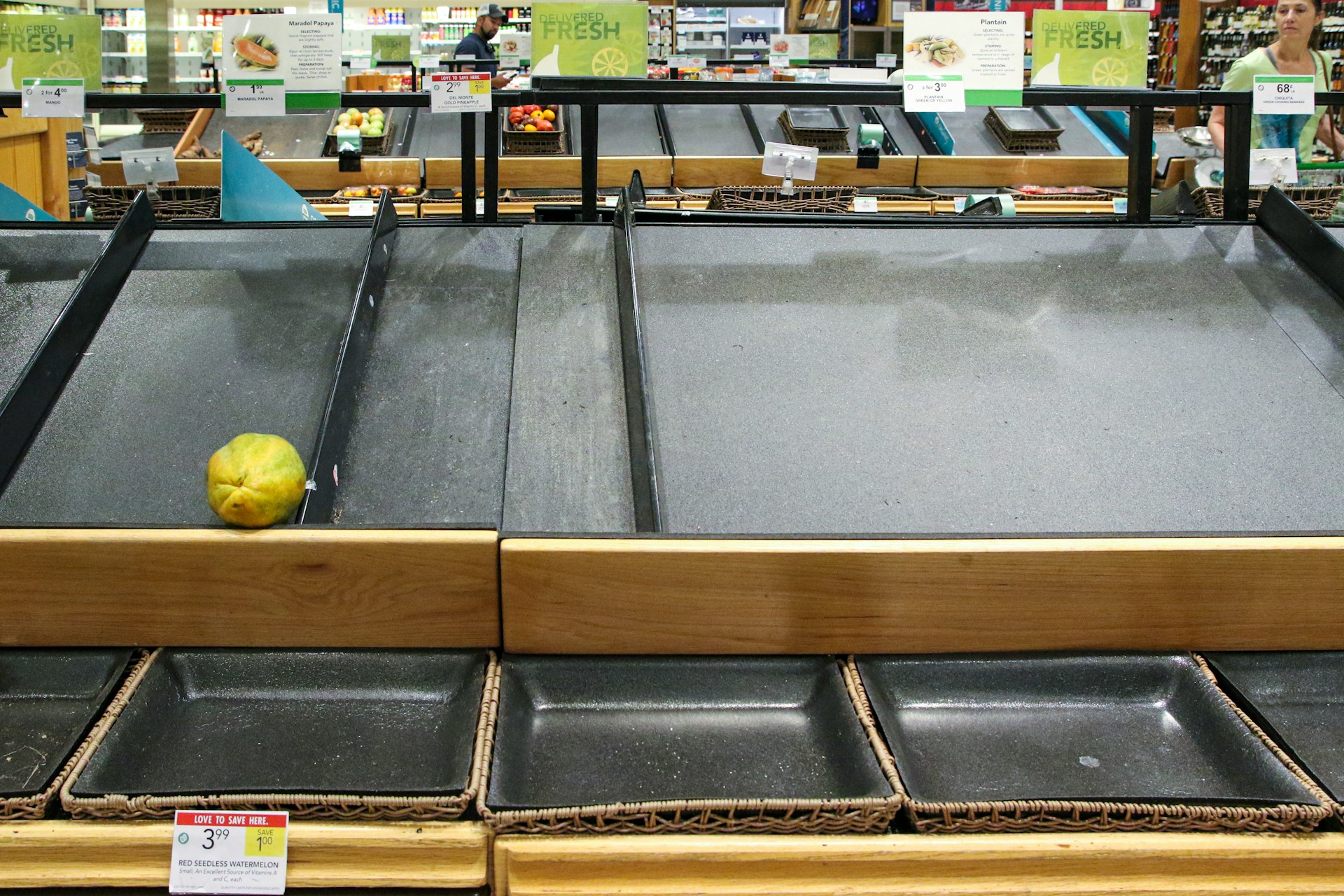With the evolution of technology today, it’s clear that its impact isn’t solely restricted to traditional sectors like IT and communications.
It’s reshaping every corner of the market, including the retail industry.
One of the significant areas witnessing extensive tech leverage is the domain of produce preservation.
The struggle with perishables has always been their short shelf life.
Retailers lament the massive revenue leakage due to spoiled goods.
This piece explores new tech trends that aim to address this issue and reinvent norms in produce preservation in the retail environment.
Contents
Technologies Improving Produce Shelf Life In Retail
1. Modified Atmospheric Packaging (MAP) Technology
Modified Atmospheric Packaging, commonly known as MAP technology, is an advanced technology that is fundamentally transforming the retail sector’s approach to extending the shelf life of produce.
In the simplest terms, MAP technology entails substituting the air inside a food package with a protective gas mix, custom tailored to the specific produce, effectively retarding spoilage and extending shelf life.
The nature of the gas mixture varies according to the exact type of the produce, but typically includes oxygen, carbon dioxide, and nitrogen.
Oxygen is often added to preserve the color of the produce and inhibit the growth of anaerobic organisms.
The addition of carbon dioxide contributes to inhibiting the growth of mold and bacteria, two of the main culprits in food spoilage.
Simultaneously, nitrogen in the mix plays a crucial role in filling the void space in the packaging to prevent package collapse and maintain product integrity.
With MAP technology, the shelf-life of various produce can be significantly extended, often by days or even weeks compared to traditional packing methods.
Importantly, the application of MAP technology goes beyond extending shelf life; it also ensures preservation of freshness, taste, and nutritional quality, all crucial aspects for consumers.
However, the success of this technique largely depends on the right calibration of gas mixture and the quality of packaging materials used, which prevent gas leakage overtime.
In this regard, it’s crucial that the packaging material is moisture and gas proof, to maintain the modified atmosphere within the package throughout the predetermined shelf life of the packed produce.
Overall, this innovative technology offers a multitude of benefits to the retail sector, most notably by limiting shrinkage and waste, and offering improved inventory management through extended product lifecycles.
Furthermore, it enhances consumer satisfaction by ensuring that the produce on retail shelves remains at peak freshness for significantly longer durations, effectively optimizing the consumer experience.
There are cost implications of implementing MAP technology, as it requires certain machinery and higher-grade packaging materials, which could make it less affordable to smaller or cost-conscious businesses.
However, the increased shelf life and reduce waste attained through MAP delivery drive cost savings in the long term, effectively offsetting the initial investment.
Despite the challenges, the significant technological advancements in Modified Atmospheric Packaging are redefining the retail industry’s approach to maintaining produce freshness and extending shelf life, positioning MAP as a leading solution in this space.
As it continues to evolve and become more cost-effective, MAP technology holds promise for further adoption across the sector, contributing to more sustainable practices and improved consumer experiences in retail.
2. Active Packaging and Intelligent Packaging
Active packaging and intelligent packaging are two innovative technologies that have been developed to increase the shelf life of fresh produce in retail.
Active packaging works by interacting with the product and its environment to ensure optimal conditions within the packaging, thereby reducing spoilage and extending product shelf life.
This can include absorbing excess moisture, controlling the internal gas composition, or releasing active agents that can delay ripening or inhibit the growth of microbes.
Consequently, it does manage to maintain the quality, freshness, and safety of the product for a longer period.
On the other hand, intelligent packaging involves the use of sensors and indicators within the packaging to provide information about the product’s condition throughout its supply chain journey.
The primary aim of these sensors and indicators is to monitor changes in temperature, pH level, microbial activity, and other factors that could impact product freshness and quality.
For example, an intelligent packaging solution might include a temperature indicator that changes color if the product has been exposed to undesirable temperature conditions.
Another example could be a pH indicator that signals when the product is no longer fresh as a result of microbial activity.
These active and intelligent packaging solutions can ease the burden of supply chain management for retailers by taking the guesswork out of determining product freshness and safety.
This, in turn, reduces the instances of food waste resulting from prematurely discarded products.
Both active packaging and intelligent packaging also offer potential solutions for reducing the environmental impact associated with traditional packaging.
For example, compostable active packaging materials could be developed that not only extend shelf life but also degrade naturally without causing harm to the environment.
Similarly, intelligent packaging technologies could be developed using renewable energy sources like solar power, thereby reducing their carbon footprint.
In summary, while active and intelligent packaging technologies are still in their infancy, they provide promising solutions to improving produce shelf life in retail environments.
Critical to their success and adoption, however, is continued research and innovation in this field.
Overall, the application and integration of active and intelligent packaging technologies offer potentially significant benefits for retailers, including improved product shelf life, reduced food waste, and potentially lower environmental impact.
3. Ethylene Absorption Technologies
Ethylene absorption technologies form an efficient and increasingly popular approach to extend the shelf life of fresh produce in retail.
Ethylene, being a naturally occurring plant hormone, accelerates the ripening process and subsequently the decay of fruits and vegetables.
However, with the advent of advanced technologies, the negative impacts of ethylene can be mitigated.
Ethylene absorbers, for instance, absorb this hormone from the storage environment, thus slowing down the ripening and decay process.
In other words, these technologies work by reducing the concentration of ethylene gas in the immediate surroundings of the produce, effectively delaying their ageing process.
The use of these technologies has shown significant results in improving the quality and shelf life of fresh produce.
Some common forms of ethylene absorption technologies utilized in retail include ethylene absorbing sachets and filters.
Sachets, for example, incorporate ethylene-absorbing compounds, often potassium permanganate, that are used within packaging to absorb the ethylene released by the produce.
On the other hand, filters are typically installed in refrigeration units and function to continuously absorb the ethylene gas present.
However, it is important to note that different kinds of fresh produce release different amounts of ethylene.
Thus, the levels of ethylene control required can vary significantly from product to product.
Moreover, the effectiveness of ethylene absorption technologies is highly dependent on the correct usage and application of these methods.
With ever-advancing technology, we can hope to see more efficient and effective methods for absorbing ethylene in the future.
Importantly, these technologies have a reduced impact on the environment, as they minimize waste by extending the shelf life of fresh produce.
To the layperson, these technologies seem abstract, but to the world of retail, they are becoming a necessity to delivering fresh produce of the highest quality.
Overall, ethylene absorption technologies present a promising approach in prolonging the shelf life of fruits and vegetables, contributing to better sustainability and cost-efficiency in the retail sector.
4. Biochemical Immersion Treatments
One of the key techniques that have shown promise in enhancing the shelf life of produce in retail is the use of Biochemical Immersion Treatments.
This involves soaking or immersing the produce in specific biochemical solutions that are designed to slow down the ripening process and prevent microbial growth.
These solutions are typically composed of various organic acids, essential oils, and antimicrobial peptides that have a preservation effect on the produce.
It should be noted that these treatments must be carefully calibrated to maintain the quality and safety of the produce.
Utilizing biochemical immersion treatments allows retailers to maintain produce freshness for extended periods, ultimately reducing food waste and increasing consumer satisfaction.
Studies have found that biochemical immersion treatments can effectively reduce the enzymatic activity that typically leads to spoilage and degradation of the produce.
By doing so, they effectively delay the ripening and aging process, maintaining the nutritional value, taste, and appearance of the produce for a longer time.
The use of these treatments also allows for safe and natural preservation, as the constituents used are typically organic and non-toxic.
Furthermore, they offer a more environmentally friendly alternative to traditional preservation methods that use synthetic chemicals or result in significant energy consumption.
This treatment method has been found to be particularly effective for certain types of produce such as fruits and vegetables, which have a naturally high water content and are thus more prone to rapid ripening and spoilage.
It can also be used for other types of produce such as meat and fish products, offering an effective means to prolong shelf life without compromising on quality.
Moreover, these biochemical immersion treatments can be easily incorporated into existing supply chains without requiring significant technological investment or operational changes.
As a result, they represent a highly practical and cost-effective solution to the food waste challenges faced by many retailers.
However, it’s crucial to point out that the success and effectiveness of these treatments depend significantly on proper planning, timely execution, and careful monitoring.
Lastly, given their effectiveness, biochemical immersion treatments stand to play a crucial role in the future of food preservation, aiding retailers in their pursuit of sustainability and consumer satisfaction.
5. Cold Plasma Technology
Cold plasma technology is a relatively recent innovation that holds great promise for enhancing the shelf life of fresh produce in retail outlets.
Considered a non-thermal food processing technique, this technology utilizes ionizing gas particles to preserve and sterilize food products.
For retailers, the use of cold plasma technology could potentially result in increased cost savings and reduced food waste.
The technology operates primarily by using the reactive species in plasma to inactivate microorganisms that typically cause food to spoil.
This could prove to be a revolutionary move as cold plasma technology not only extends the shelf life of the produce but also maintains its nutritional value and taste.
In addition, cold plasma treatment maintains the freshness of produce longer than conventional preservative methods.
It does not involve the use of chemicals, making it a sustainable and environmentally friendly choice for preservation.
This technology can also help to decrease microbial contamination, thereby ensuring the food’s safety for consumers.
In comparison with other preservation methods, cold plasma technology has been identified as having a high efficiency and short treatment time.
Studies have demonstrated the efficacy of cold plasma technology in preserving a range of foods, including fruits, vegetables, and meat products.
The technology has also been shown to inactivate foodborne pathogens like E. coli and salmonella, which can pose significant health risks.
Cold plasma technology can be used directly on the food product, without the need for additional packaging.
This not only eliminates the potential risks associated with certain packaging materials, but also lessens the environmental footprint.
Ideally, successful implementation of cold plasma technology in the retail environment would require collaboration with food scientists to ensure optimum application and results.
While cost considerations and the need for specific equipment may be viewed as obstacles, the benefits that can be derived from cold plasma technology largely outweigh these initial costs.
Relevance and applicability of this innovative technology are expected to increase as the demands for safe and quality food products continue to rise.
The Bottom Line
Emerging technologies in food preservation promote not just longevity in produce, but also reinforce overall food safety and quality.
Modified Atmospheric Packaging (MAP) technology demonstrates promising potential in maintaining the freshness of food, slowing down bacterial growth and ultimately extending shelf-life.
Complemented by Active and Intelligent Packaging, with its myriad of real-time monitoring capabilities, the industry takes a giant leap forward by ensuring the delivery of safe and quality food.
Meanwhile, Ethylene Absorption Technologies, essentially reducing the over-ripening process, delivers more control over food’s freshness timeline.
Moreover, Biochemical Immersion Treatments provide an organic method to combat bacteria and other spoilage agents, which is always a welcome addition.
Lastly, Cold Plasma Technology, with its virus and bacteria eradication capabilities, signals new potential in food sterilization.
Altogether, these technologies mark significant strides in preserving food, a critical step for a more sustainable and healthier world.




